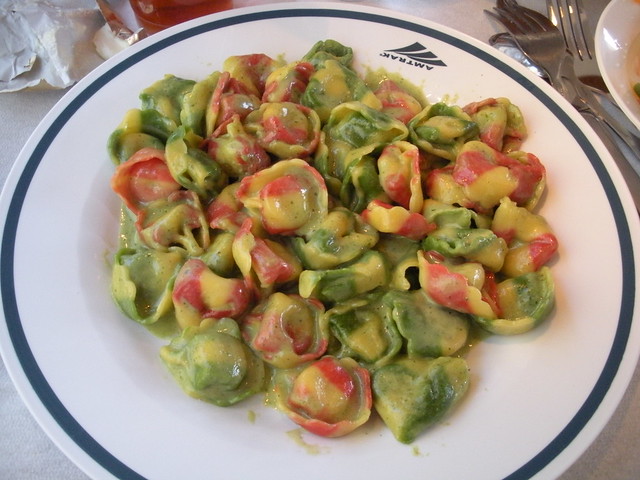JSmith
Service Attendant
It's been a while since I was on any long-distance train. A friend of mine was talking about the Empire Builder and said that it is the only Amtrak route left that has an on-board kitchen. I vaguely remember that the Empire Service retained a full service kitchen after other trains had gone over to more of a prepackaged and reheated model.
Is this still the case? Are the diners on other trains besides the Empire Builder still just cooking prepacked food, whereas the crew of the Empire Builder is cooking from scratch?
Just curious, been a bit out of the train loop for a few years.
Is this still the case? Are the diners on other trains besides the Empire Builder still just cooking prepacked food, whereas the crew of the Empire Builder is cooking from scratch?
Just curious, been a bit out of the train loop for a few years.





